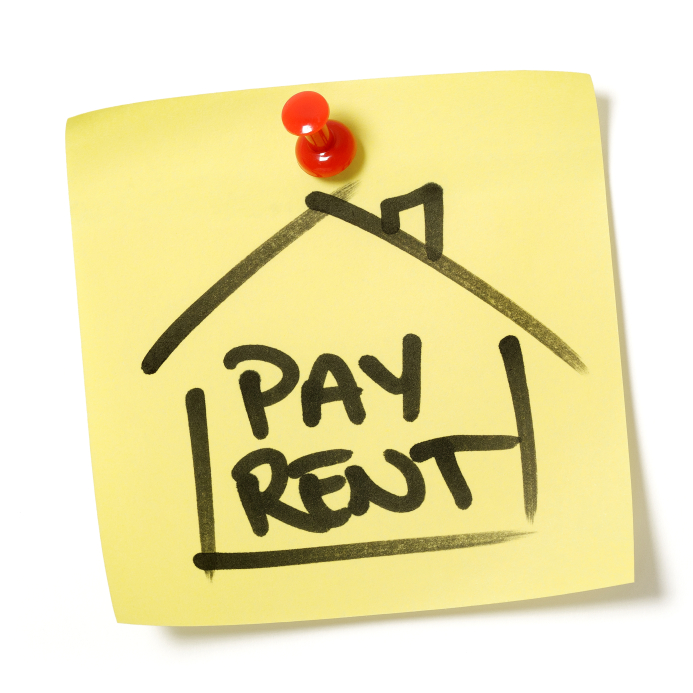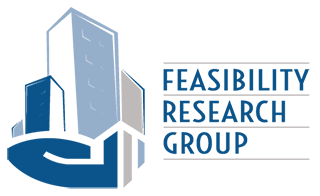Where’s the Rent?
According to Moody’s 10 million Americans are behind on their rent. And as of December 2020, according to the National Low Income Housing Coalition renters owe ~$30-70 billion in back rent to landlords.
 The Center for Disease Control and Prevention (CDC) extended the federal moratorium on rental evictions due to a tenant’s failure to pay rent through June 30, 2021. This decision is both good and bad.
The Center for Disease Control and Prevention (CDC) extended the federal moratorium on rental evictions due to a tenant’s failure to pay rent through June 30, 2021. This decision is both good and bad.
The eviction moratorium is a vital protective public health measure. The obvious positive impact of the moratorium is that millions of people who are unable to pay their rent can stay in their homes and out of crowded congregate settings, or worse. Research has shown that it is easier to keep someone from becoming homeless than attempting to get them out of homelessness.
However, with each extension of the moratorium there is an increase in the number of landlords struggling to find cash to pay mortgages, taxes, utilities, and maintenance cost. ~10 million individuals own one or two rental units and these individuals account for 22.1 million, or over 50% of the rental housing stock in the U.S. The hardship of no rental payments disproportionately impacts the small landlord. Many of these small landlords are providing housing to the lower income market and the risk of these landlords filing bankruptcy or facing foreclosure could have a significant impact on the availability of affordable rental housing.
The passed COVID Relief (December 2020) and American Rescue Plan (March 2021) set aside a combined $50 billion in funds for state and local agencies to distribute to renters in arrears to pay their rent. And as of now less than half of landlords and a third of tenants are aware of the rental assistance.
The federal government’s goal is to get the funds to renters before the eviction process starts in July. To meet this goal local agencies will need to make both landlords and tenants aware of and encourage the use of the resources. As with most things, success is found in the execution.
